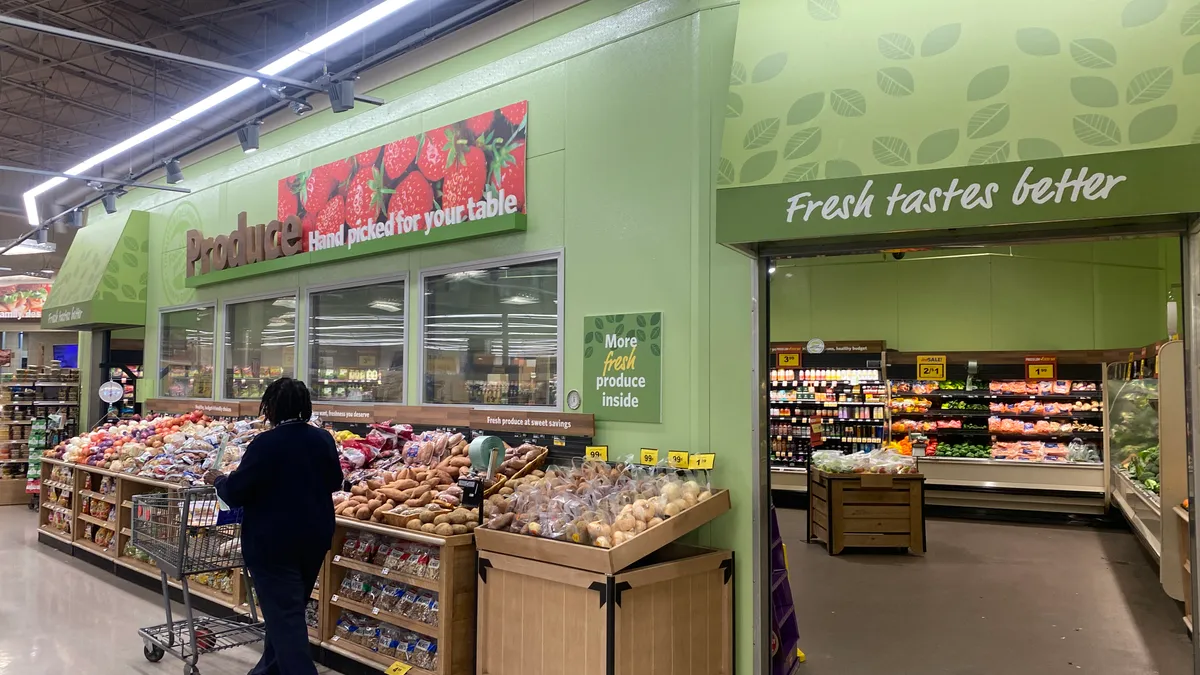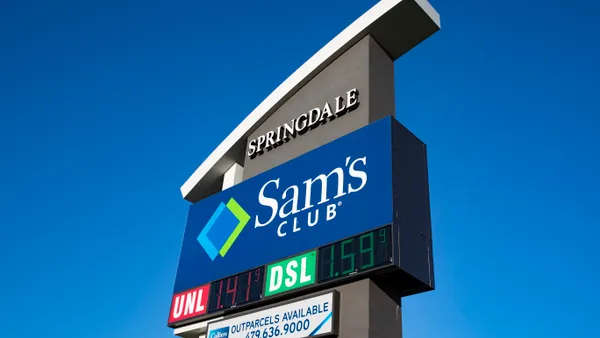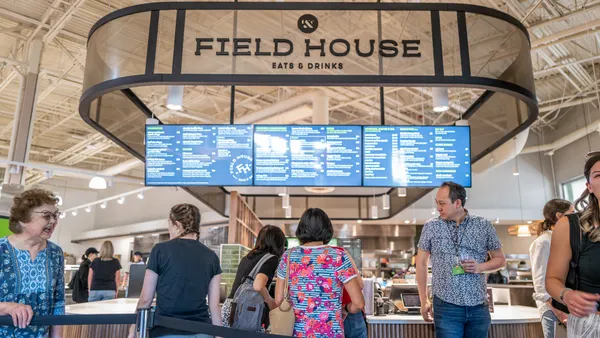At a Food Lion store in Charlotte, North Carolina, there’s a chilled produce room with fruits and vegetables, a designated plant-based display, bottled smoothie drinks, and crates of pineapples and bagged apples.
It’s one of the dozens of “walk-in garden coolers” that the Ahold Delhaize-owned banner has steadily introduced in its new stores as well as remodels it has completed in recent years. Those store updates have fueled sales increases across the company.
The walk-in cooler concept is not new in the grocery industry, but Food Lion’s focus on produce has been a bit of an anomaly. Other retailers like Whole Foods Market, Hy-Vee and Costco that have used the design have done so for different categories, like meat, cheese, dairy and beer, sources said.
“We've seen this happen a lot in stores that have beer departments,” said Phil Lempert, founder and editor of Supermarket Guru, noting that the concept is “giving people a different kind of experience that makes it more interesting and inviting.”
The produce coolers are part of Ahold Delhaize’s efforts to modernize Food Lion. All told, the company has spent hundreds of millions of dollars over the course of several years to give the value-focused banner a fresher look, offer more efficient shopping experiences, provide e-commerce options and expand product assortments. The revamp efforts seem to be paying off; Food Lion has achieved 43 consecutive quarters of comp store sales growth, Ahold Delhaize President and CEO Frans Muller told investors during the company's second-quarter earnings call earlier this month.
Ahold Delhaize has positioned the garden coolers as a way to boost product freshness. When announcing the chain’s location in Little River, South Carolina, which opened in May, Food Lion said the cooler helps with “ensuring the freshest items available.” Food Lion did not respond to requests for comment on its produce coolers.
While it’s unclear if Food Lion is seeing energy savings, extended produce shelf life or reduced shrink with the coolers, sources said that displays for fruits and vegetables matter and can impact consumers’ perception of freshness and quality. The coolers, they said, can serve as a distinctive merchandising move for Food Lion, which straddles the value propositions of providing “an easy, fresh and affordable shopping experience.”
Especially for produce, designated cooler rooms could help consumers “feel like they're walking into a different, fresher environment,” Lempert said.
“In my opinion, it's more of a marketing gimmick than anything else,” Lempert said about Food Lion’s garden coolers. “I think it sets a nice atmosphere for people.”
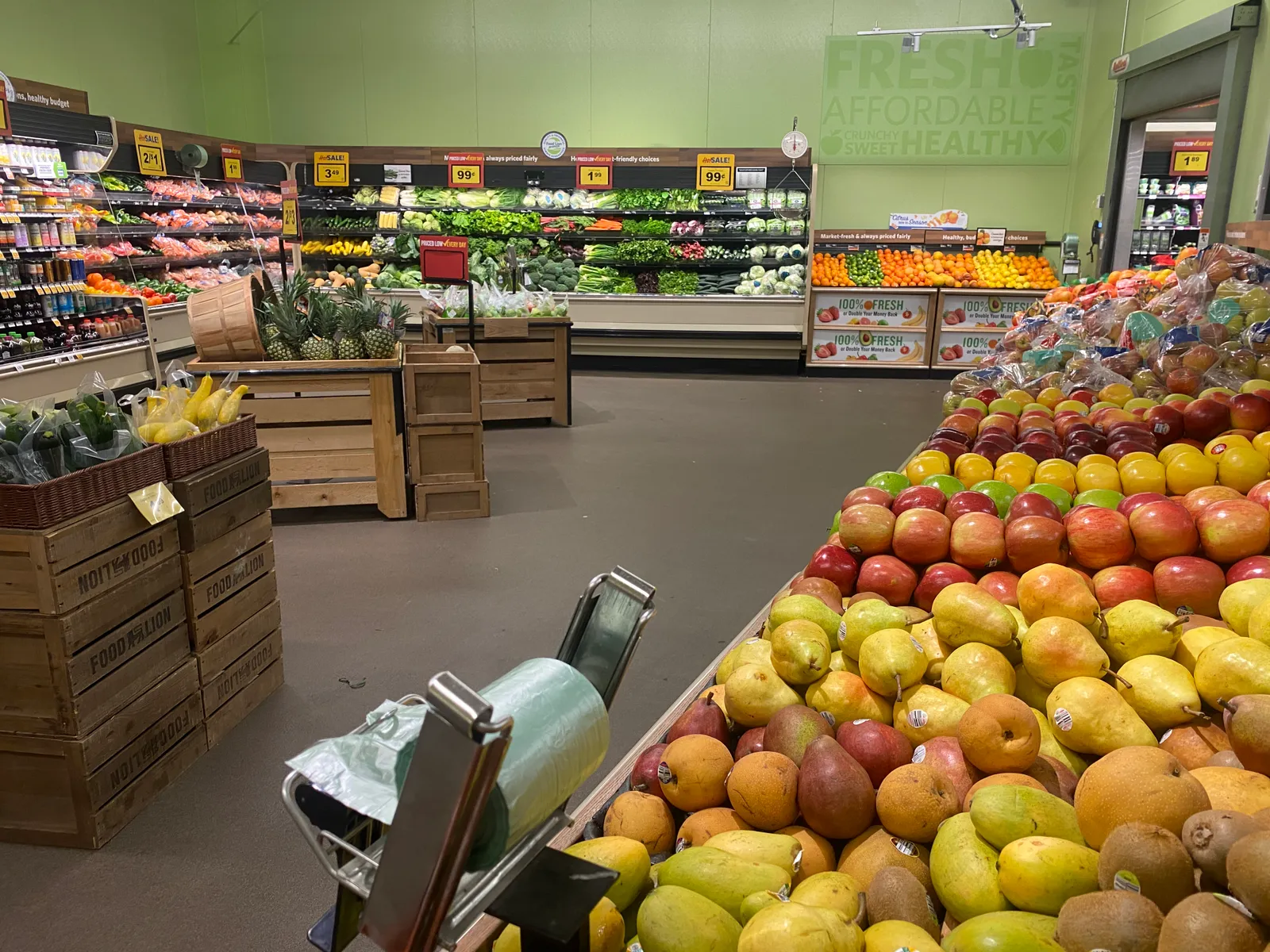
Perception of freshness
Food Lion has said the walk-in produce coolers are designed to keep produce fresher for longer. Given that produce has one of the highest levels of shrink in a grocery store, finding ways to make fruits and vegetables stay fresher for longer and reduce shrink are important to retailers, Lempert noted.
Using a chilled room instead of placing products in cold cases can help emulate a farmers market — a more inviting atmosphere that incentivizes bigger baskets because items can be merchandised together and don’t have to be separated in different compartments, said Paco Underhill, author of “Why We Buy: The Science of Shopping” and founder of consulting firm Envirosell.
“[When] you can see the blueberries next to the blackberries next to the apricots next to the avocados, it helps you understand what the mix of things are,” Underhill said.
Boosting the appearance of freshness for produce — a keystone of grocery store merchandising — is a challenge that grocers have long worked to solve, said Kevin Kelley, co-founder and principal of strategy and design firm Shook Kelley.
“Context is what really sells,” Kelley said, adding that it is “very hard for grocery stores to impress customers” with freshness.
Merchandising strategies that make fruits and vegetables appear as though they came right from the farm create the illusion of freshness, said Kelley, who worked in Charlotte for a number of years for an unnamed competitor of Food Lion’s.
The walk-in cooler concept can create what Kelley calls a “threshold experience” that makes shoppers feel like they’ve stepped into a new, notable environment.
“There's something that happens when people step out of their regular [routine],” Kelley said, noting that a spatial or temperature change can alter shopper behavior, encouraging them to slow down and, as a result, buy more products.
Could other grocers follow suit?
The walk-in produce coolers pose merchandising limitations and challenges to both workers and customers, sources noted.
Apples and citruses are in Food Lion’s garden coolers — even though they don’t need to be kept cold, with Lempert noting that having those items in a chilled room won’t impact their freshness.
Grocers do need to be mindful about items like nuts and bread that could spoil faster due to the moisture of a chilled room, he added.
Grocers considering a chilled room may also want to think about offering a limited assortment instead of their full assortment, Lempert said. He gave the example of a Whole Foods store in California that had its produce department split into two parts with one portion, which contained salads, maintaining a lower temperature than the other.
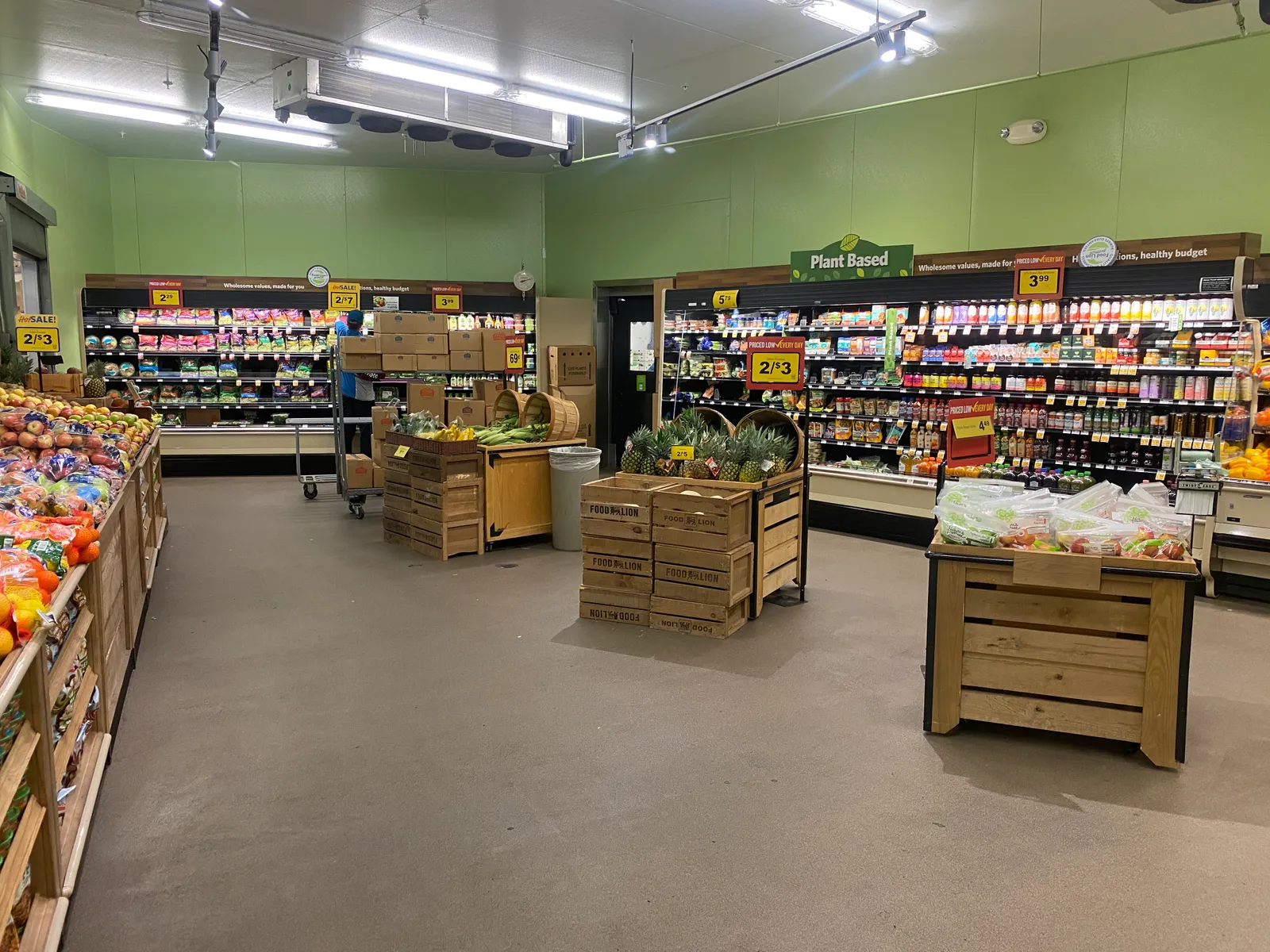
Consumers and workers may also bristle at the prospect of being in a chilled room, especially for longer periods of time, sources said.
Consumers may want to spend longer periods of time picking fruits and vegetables, Lempert said. The same concern could apply to workers, especially ones with arthritis or other health conditions, he added.
“People spend more time in produce departments picking their fruits, looking at the various fruits and vegetables that are there,” Lempert said, noting that colder temperatures could speed up consumers’ shopping. “It might be physically uncomfortable for somebody to stay in that chilled environment for that length of time.”
Grocers can address the coldness issue. At the now-closed Fairway Market in Harlem in New York City, which had its meat, deli and dairy department in a cooler, Underhill recalled seeing a rack of down jackets for people to wear to stay warm.
“Kids loved it,” Underhill said. “It was an experience in the context of the grocery that they had not experienced at retail [before where you] step off from one climate zone into another.”
For grocers evaluating similar concepts, Lempert offered three key criteria to consider: consumer feedback, whether it can extend produce shelf life to reduce shrink, and energy costs. Underhill suggests grocers looking to elevate their produce offerings add signage to tell customers where fruits and vegetables are sourced from — a merchandising tactic that can further accentuate local offerings.
If walk-in produce coolers can help produce stay fresher for longer and lead to less shrink, then Lempert could see other grocers roll out the concept.
“If it's just a marketing gimmick that doesn't really produce any benefit for the produce itself or for the consumer — no, I think it’s an expensive experiment,” he said.
Rachel Wise contributed reporting.



